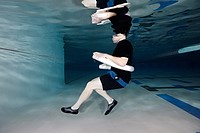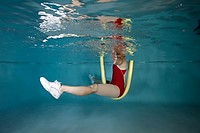
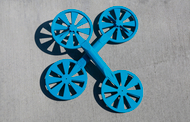

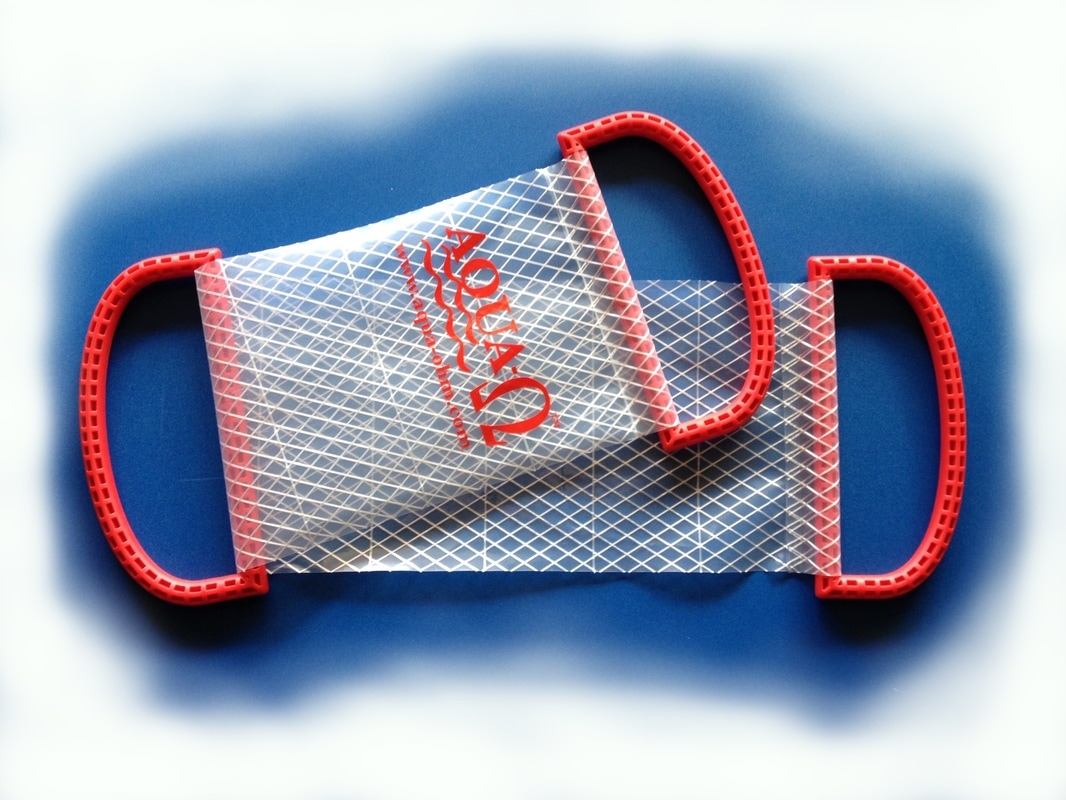
I’m a big fan of drag equipment. Drag equipment increases the drag forces of the water by increasing the surface area and creating turbulence. The resistance is in every direction – up, down, side to side – so you can work both pairs of opposing muscles and you don’t have to get into any special positions to do so. The movement of the arms with drag equipment feels natural.
The most popular piece of drag equipment is webbed gloves. They are made of either fabric or neoprene. I prefer the fabric gloves, such as the ones made by Hydro-Fit, because you can adjust the resistance easily by making a fist, slicing or opening up the hand. It is harder to make a fist with the neoprene gloves.
Gloves increase the surface area of the hand and therefore increase the resistance for upper body exercises. But you can also scull with the gloves to help you stabilize, which is particularly helpful in deep water.
Paddles are another type of drag equipment. Paddles have fan blades that you can open or close to adjust the amount of resistance. They can be held in the freehold position, much the way you would hold a dumbbell, or you can use the hand brace position. Make sure you keep the wrist neutral rather than flexing and extending. Paddles will sink to the bottom of the pool so they are best used in shallow water.
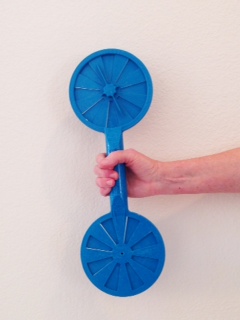
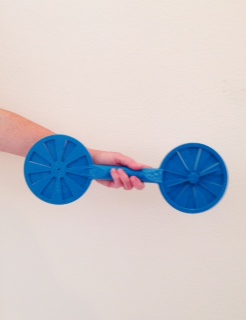
Aqualogix bells have fins on the edges which create turbulence in addition to adding drag resistance. They are an excellent tool for a strength training class. They float so that you can use then in either shallow or deep water. In deep water you will want to use a stabilizing leg movement, such as a jog, a jumping jack or a cross-country ski, while performing your upper body exercises.
The Aqua Ohm is a new piece of equipment that was invented by an aquatic physical therapist. Stretch it full length and you can put one foot in the handle and use it for lower body exercises. Fold it in half and you can use it for upper body exercises. It comes with a chart showing the different exercises you can do with it.
All drag equipment can be used in a stable squat or lunge stance in shallow water allowing you to focus on moving it powerfully through the water to increase strength. You can challenge the core by making your stance less stable. Try standing with the feet next to each other, which gives you a narrow base of support. Progress to a tandem stance, with one foot directly in front of the other. Finally try the exercises standing on one foot.
For a sample of exercises and lesson plans using drag equipment, see my book Water Fitness Progressions. The book can be ordered from Human Kinetics (the publisher) or from Amazon.com. Just click on whichever source you wish to order from and the link will take you there.
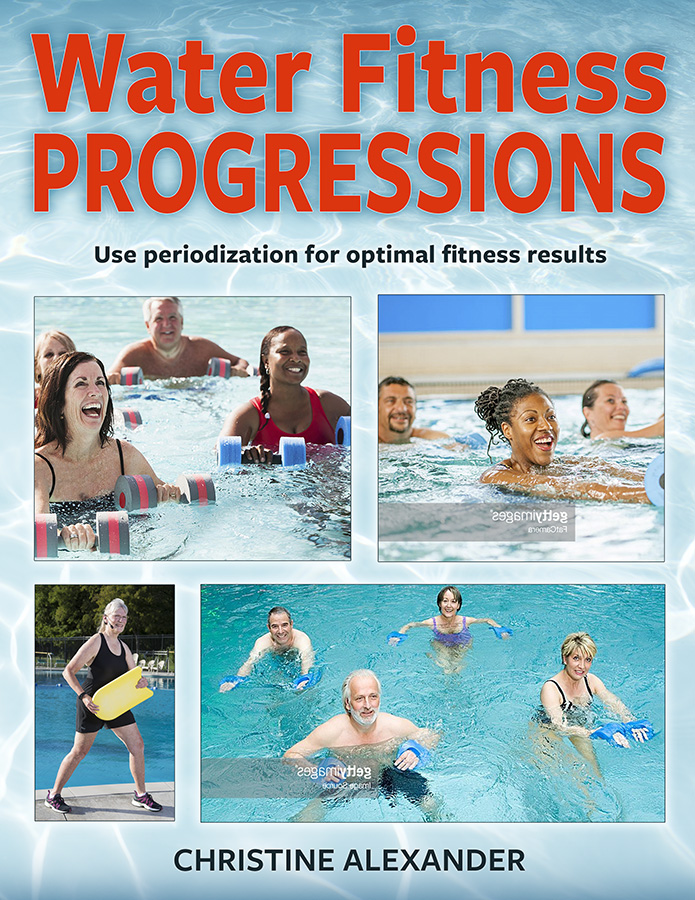
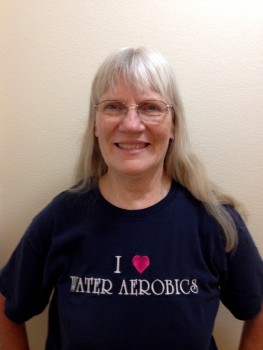
See you in the pool!
Chris Alexander

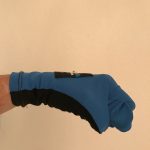
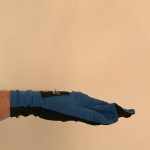
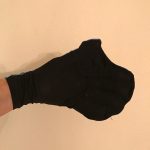


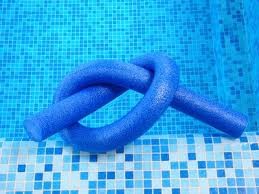 to increase its surface area. I am not a big fan of that because it makes the noodle curly and useless for any other purpose. A better option is to use the larger more dense foam noodles available from Hydro-Fit. You can also progress to using foam dumbbells instead of noodles.
to increase its surface area. I am not a big fan of that because it makes the noodle curly and useless for any other purpose. A better option is to use the larger more dense foam noodles available from Hydro-Fit. You can also progress to using foam dumbbells instead of noodles.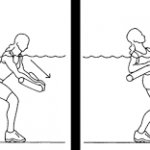
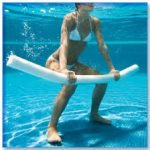
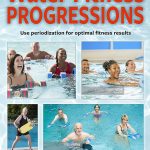
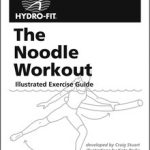

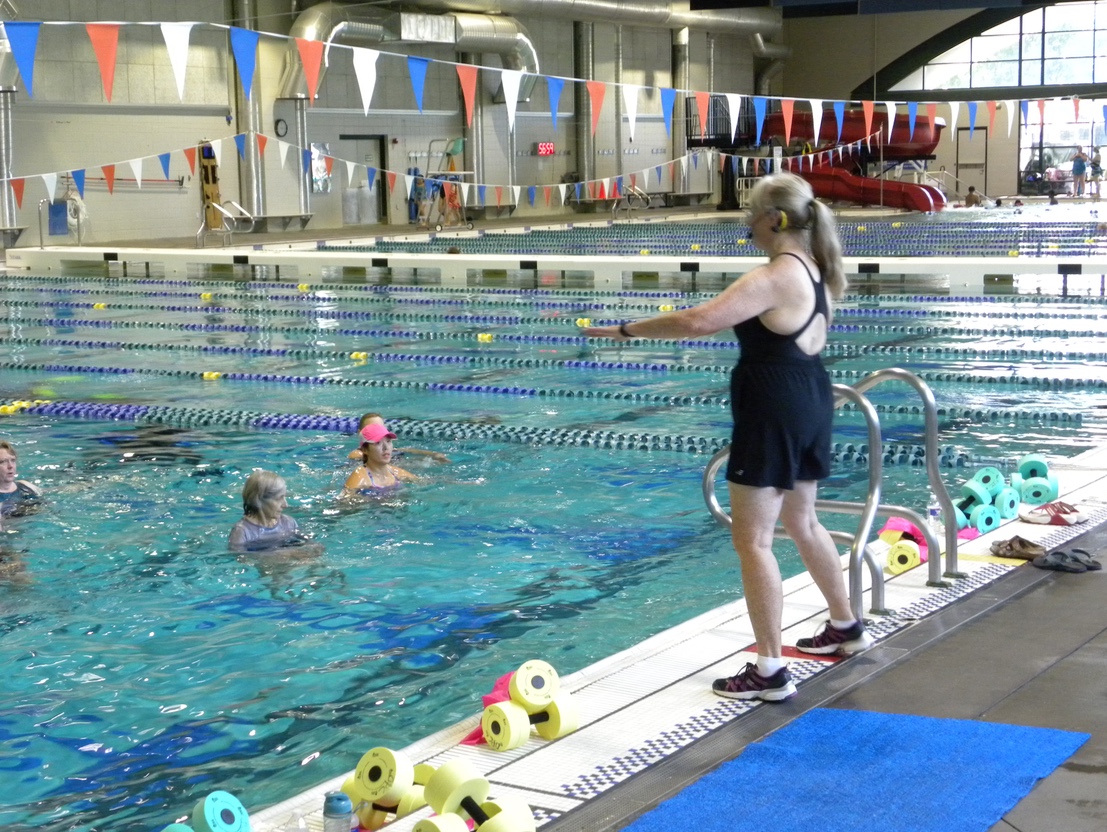 I like my class participants. Over the years I’ve heard about their families, their pets, their challenges, and which of my playlists they like. They are more than just class participants, they are friends. I want them to get a good, safe, effective workout every time they come to my class. I don’t want to bore them with the same old routines. I want to challenge them to progress in their levels of fitness. I want to help them make their hearts stronger, to give them an opportunity to improve their muscular endurance, to challenge them mentally, and I want them to have fun doing it.
I like my class participants. Over the years I’ve heard about their families, their pets, their challenges, and which of my playlists they like. They are more than just class participants, they are friends. I want them to get a good, safe, effective workout every time they come to my class. I don’t want to bore them with the same old routines. I want to challenge them to progress in their levels of fitness. I want to help them make their hearts stronger, to give them an opportunity to improve their muscular endurance, to challenge them mentally, and I want them to have fun doing it.

